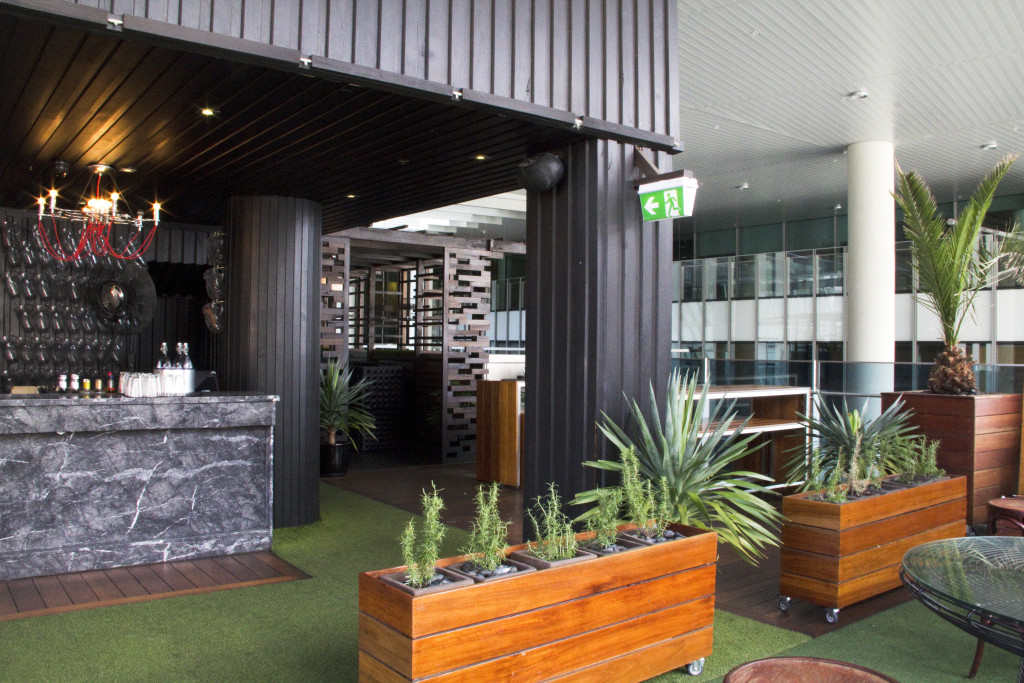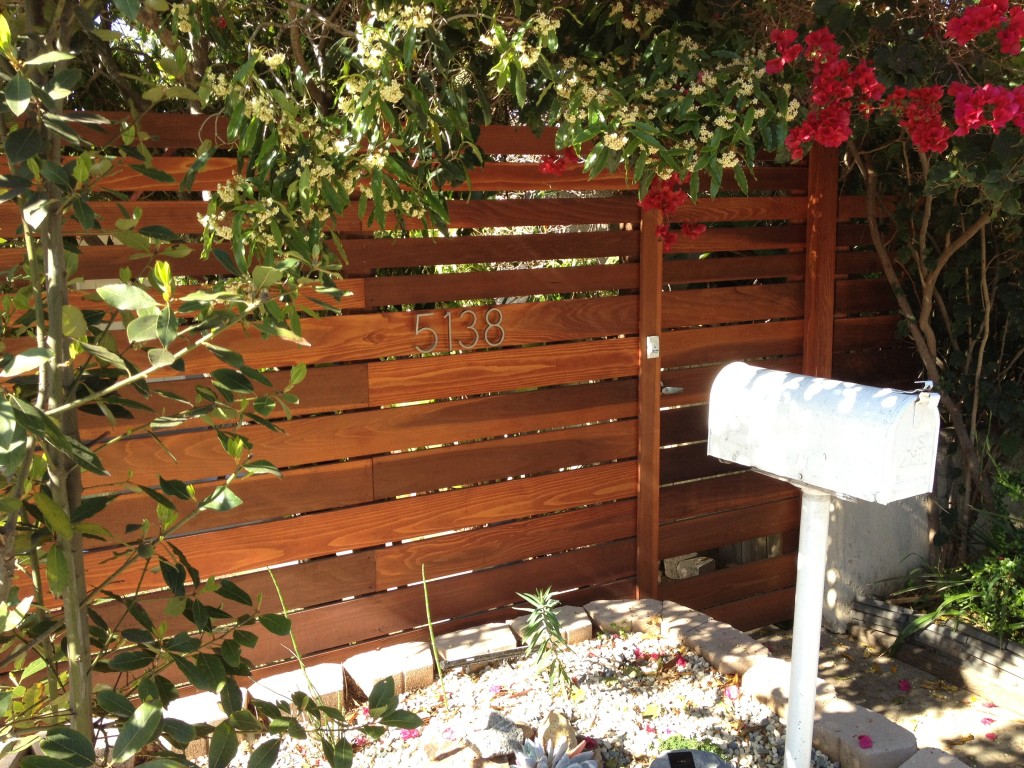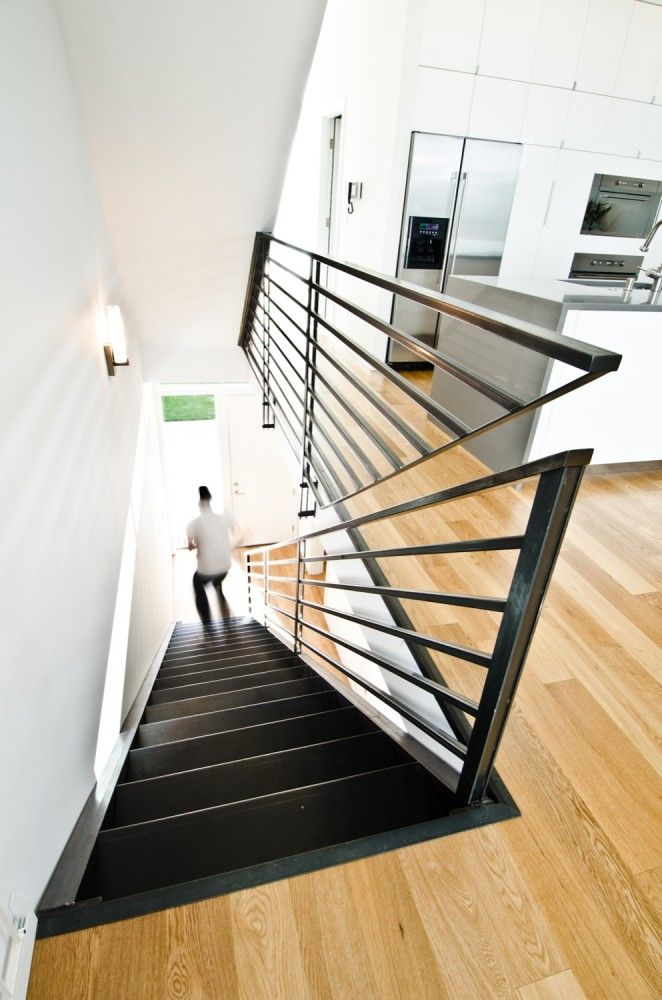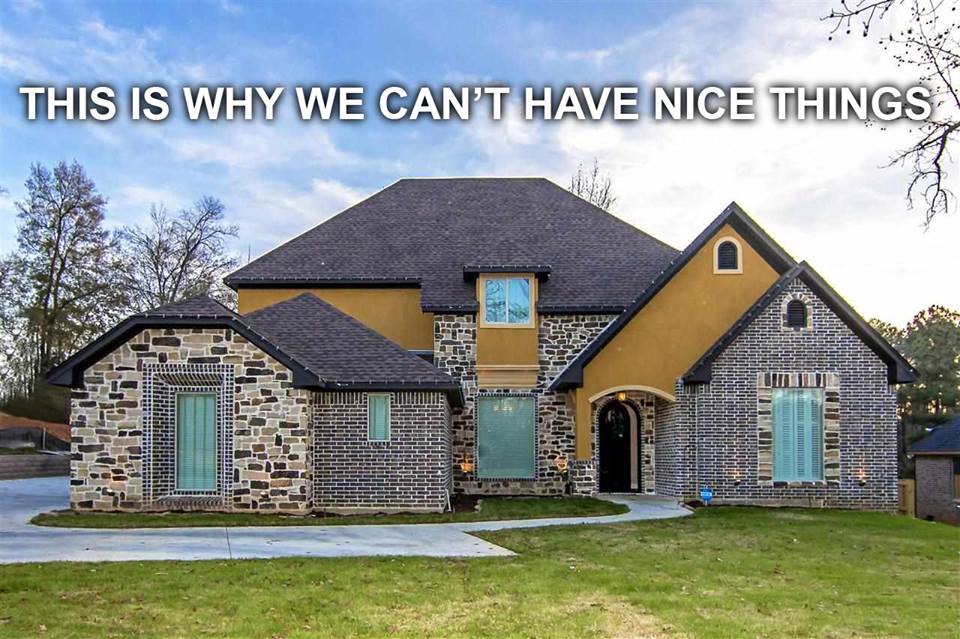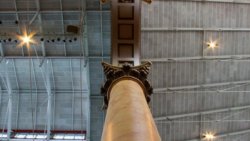Architecture: It’s a human thing
Note: This is the sixth post in a group series called #ArchiTalks in which Bob Borson of Life of an Architect gives a group of us architects a theme or a set of questions and we all have to post our response… this month’s theme: Architecture in the real world.
Before we go any further, I want to take a moment to acknowledge that this is my first post in the ArchiTalks series, first blog in general, where I’m a bona fide Architect. I recently found out I passed my last (of 7) ARE exams. Toot toot. This has been a long time coming. And I’m proud and excited and ready to take on the world.
Now back to our regularly scheduled programming.
Say what?
I think Bob was going for Jonah’s whale on this one. How many answers or ideas could come from this? What angle do you want to take? As we as a profession go through our own growing pains right now, this is actually a good prompt because when you boil it down, what it translates to (for me) is:
What does architecture mean to you?
It may have been because my brain was fried from having just taken my last ARE when I got the email (and to be honest, the brain is still a little fried), but I was having a hard time wrapping my mind around this one. So I turned to family and friends, our potential clients after all, to see what architecture means to them. Here are some of their responses:
“Aesthetically pleasing/creative design to make the memories last a lifetime for everyone who sees the structure.”
“Building uniquely but for a purpose. A way to express a new way of thinking and it allows people to see the world differently.”
“Crossroads of functionality and art.”
“Used to shape the way humans interact with the environment – whether that be a handhold on a drawer, a lounge seat, a winter retreat in the woods, a place of worship…ask me again tomorrow and I’ll probably tell you something different.”
“Design and use of space, not just indoors.”
“Inspiring spaces.”
“Creation of space to evoke a feeling, thought, and/or inspiration.”
“Design of environments that helps shape experiences.”
“Principled artistry meets social utility.”
Leave it to the lawyer of the bunch for that last one. 😉
Those are some pretty awesome answers! I will acknowledge a bias. Being my friends and family, they are at least remotely aware of my passion and chosen profession.
I still couldn’t help but notice a trend: the value of the human. If you go back, 4 of 9 talked about inspiration, 7 mentioned creation or art in some way, but ALL of them mentioned the human interaction. I thought I’d break this down a bit further, by the senses.
Visual
This one is a no-brainer. The design has to be pleasing to the eye. A well-designed space can evoke overwhelming emotion as much as it can create a sense of complete calmness. It all depends on the intent of the architect/owner. This can also, and unfortunately these days seems to occur more frequently, go the path of the negative. The UC building that makes people physically ill when trying to navigate it (the architecture building, no less). The builders on steroids trying to copy pieces of period details with no rhyme or reason. Or the merely mundane and unmemorable.Scent/Oral
I’m combining these because they seem to be the harder two senses to create/evoke in architecture – and also because they are scientifically linked. There is, however, a resurgence of considerably well-designed restaurants recently. Owners are starting to seek qualified professional help in designing their restaurants…perhaps because they understand creating a unified sense of place feeds into the larger memory of the experience? I feel like this is a branding thing. Architecture, especially for restaurants, plays heavily into how you present yourself.Aural
Anyone who has stood in the domes of Grand Central Station and talked into the corners, or listened to the organs play in historic churches, or witnessed the complete serenity in the gardens of the Alhambra understands how the sense of sound impacts one’s experience of architecture. It can just as easily go horribly wrong. Think of the acoustical nightmare of a poorly designed restaurant where you are shouting across the table at the other members of your party. We’ve all been “there”. Yes, there are some spaces that can handle a dull buzz of activity via sound, but every local shop should not feel like a NYC nightclub at 3AM. This has also become a big deal in commercial office design. Open offices are great for collaboration but they can get noisy quick.
Tactile
Maybe it’s just me (though I don’t think it is), but I love to FEEL a finish. Run my hand along the smooth grain of walnut after the last pass of 300 grit sandpaper. Feel the plush warmth of carpet or a new rug underfoot. Track the grain pattern of board-formed concrete or the weld joint of a handrail. My sense of touch is my way of “taking in” more thoroughly than my eyes can of the spaces around me. As an athlete, I liken it to muscle memory. This is also something kids are prone to do, and many parents grimace at and quickly try to teach them not to do. If they could only understand and embrace the curiosity of “making” that comes from such an act, maybe they would consider otherwise…so long as the hand isn’t covered in sticky melted ice cream or some other food. Maybe I’ll change my mind when I’m blessed to become a parent, but as an adult I can’t imagine not “handling” my surroundings.What does it mean?
All of these senses in and of themselves can be designed for in the spaces in which we live. I believe good architecture comes from valuing these senses in one form or another (or multiples/all of them). Of the 9 responses to my question of what architecture means, only 2 people are trained in architecture, which means designing for the human scale, the sense, is not an Architect thing. It’s a human thing.
Think about it. When you don’t consider the human interaction when designing how a building goes together, it can go wrong…quickly. Instead of a perfectly functioning detail of materials doing what they are designed to do…
You can end up with this…
That? I don’t want to touch that, much less look at it. I think just searching for that gave my computer the cooties.
Point being, that second image isn’t inspiring. The only thing I want to do is run away from it. The first one, however, I want to study and enjoy and admire. And you can do all of those things, but my guess is the people who use that space enjoy it and don’t even realize why. They just know it’s pleasing and comfortable.
As we as a profession continue to grow and better define what architecture means and what it means to be (or hire) an architect, I think this valuing of the senses stands front and center. If we aren’t valuing the senses, the human, the end user, we put out crap buildings. It may still be “architecture”, but it’s not Architecture. It is in no way inspiring. It’s not an architecture I want to be associated with. When you design with value in mind (and I don’t mean value engineering), inspiration is a byproduct. You tell the story of the building well, and you in effect tell the story of the user. The inspiration they feel from the building, or the calmness, may cause them to look at their own business problems in new and unique ways, in turn inspiring them to their own creative solutions. Which then may change something about how we live > which changes how we design to use spaces > which inspires again.
Architecture can be an infinity loop of inspiration. We just have to create with all of our senses.
Until next time,



